Naturally Occurring
Found in tears, saliva, mucus, and breast milk—your body already knows how to use it.
FREE Delivery upon purchase of HKD 350
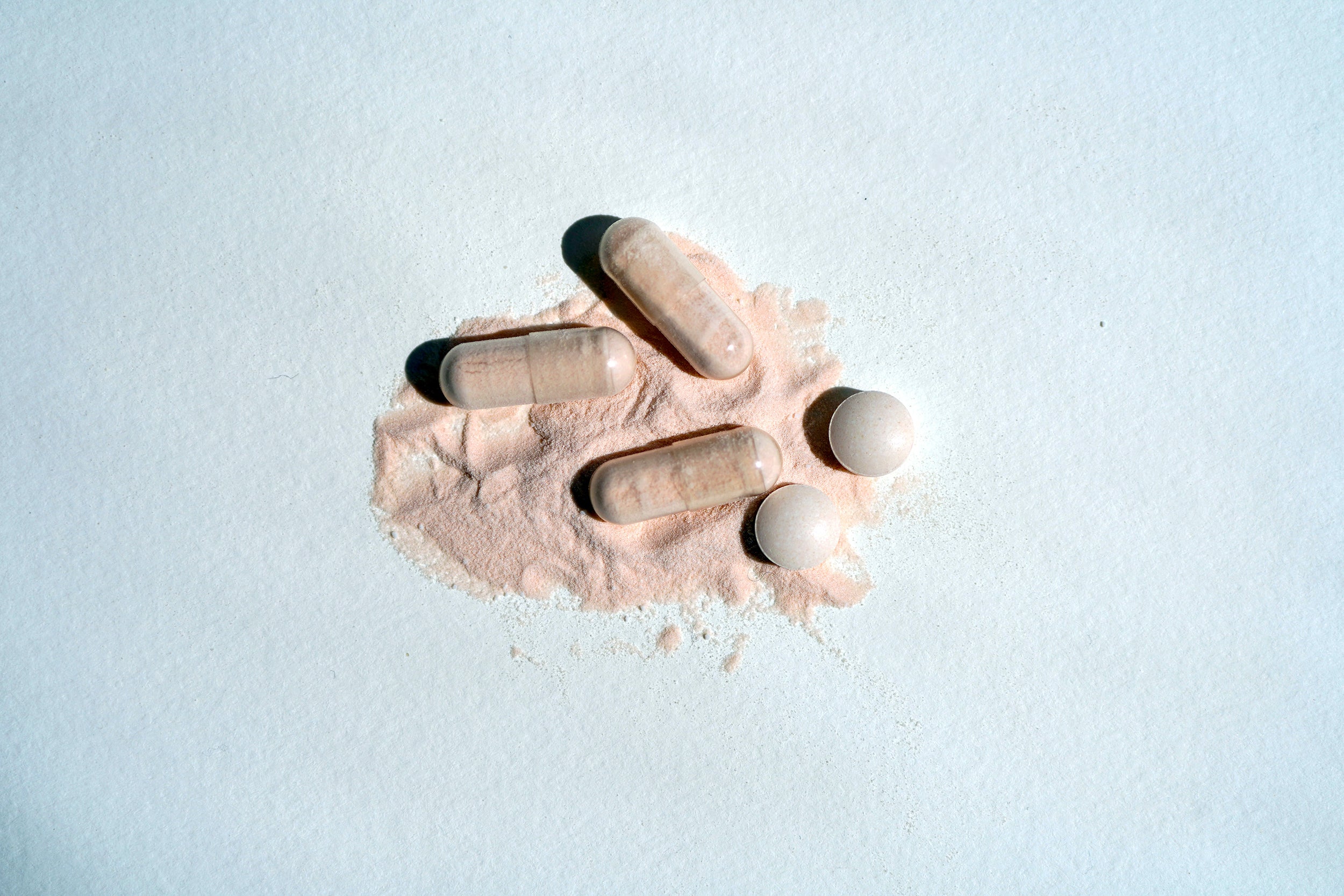
Found in tears, saliva, mucus, and breast milk—your body already knows how to use it.
Works across the gut, immune system, skin, and even brain health.
Decades of research support its role in immunity, iron metabolism, and antimicrobial defense.

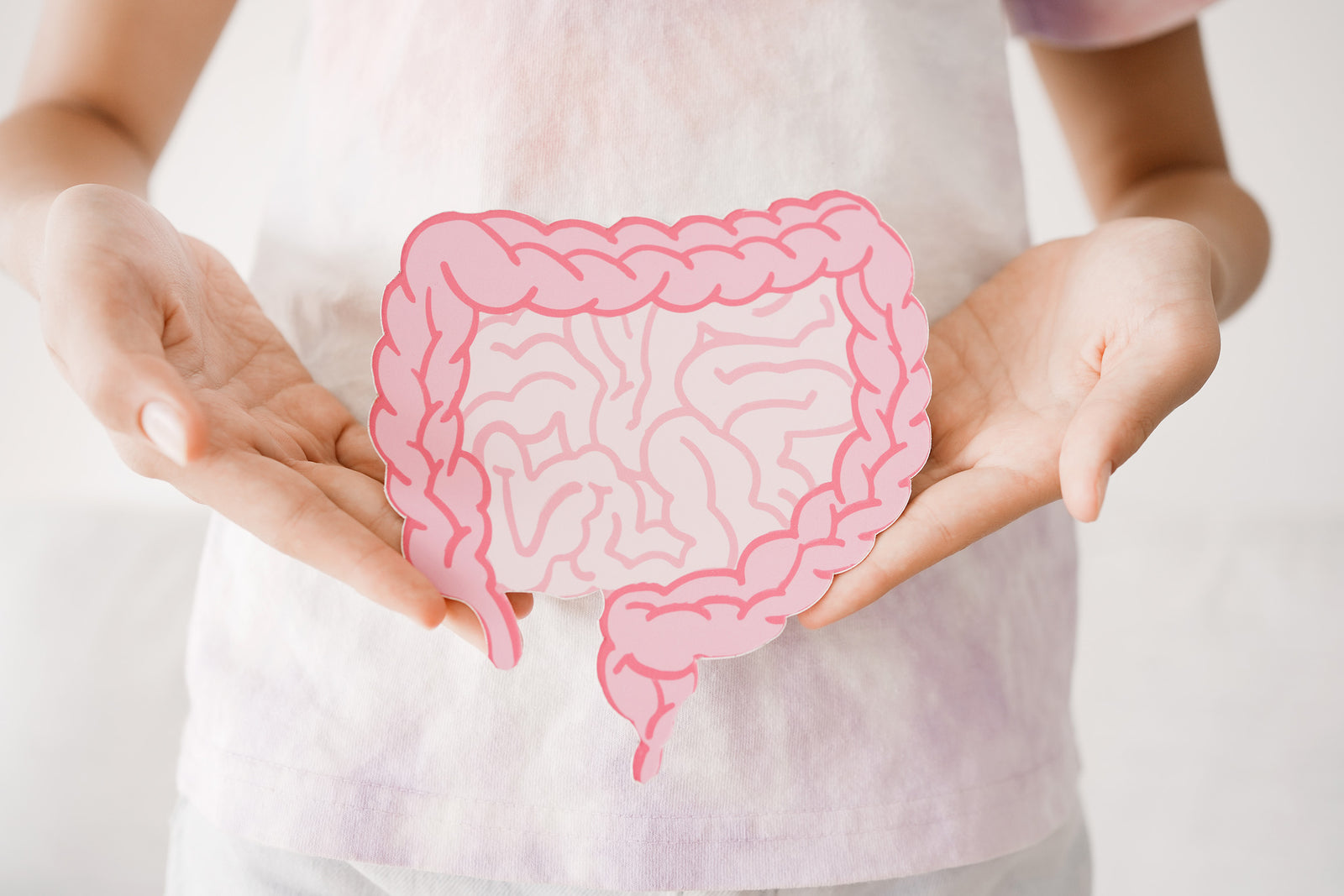
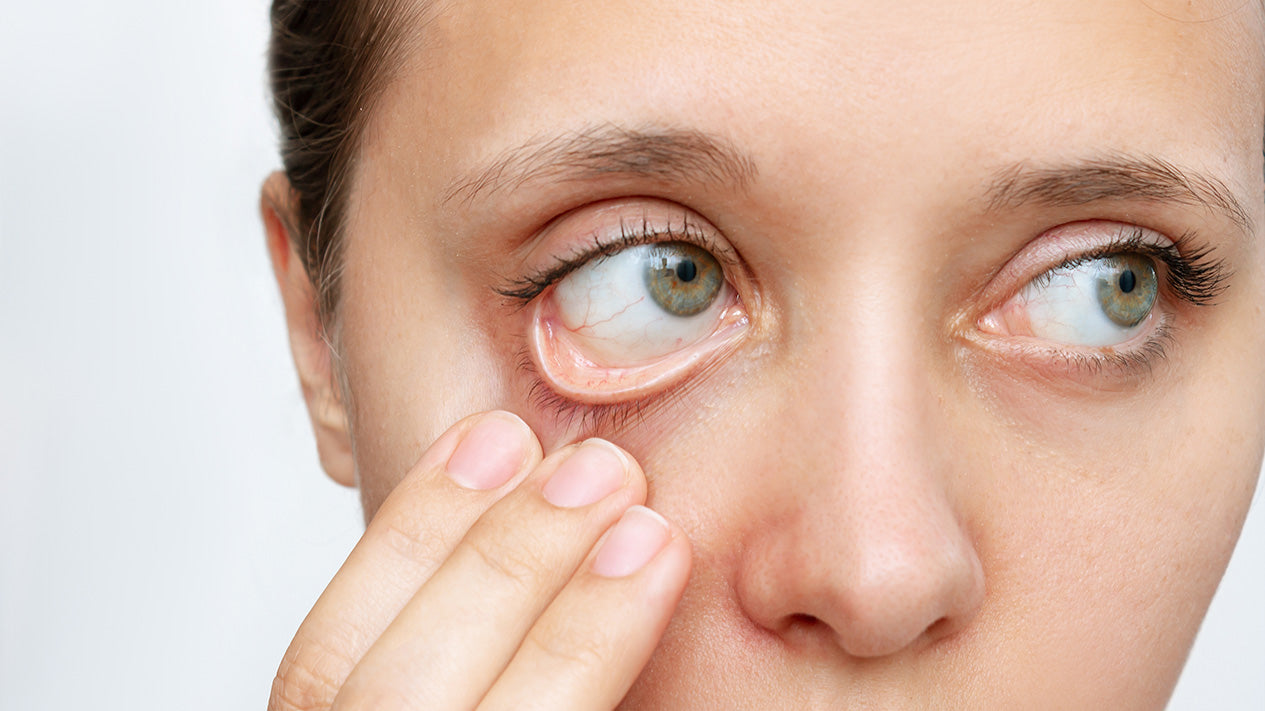


• Promising anticancer agent
• Inhibits multiple cancer types
In experimental studies, Lactoferrin has been found to significantly inhibit breast [47], colon[48], oesophagus [49, lung [50] and bladder cancer [51][52].

YOUR BODY'S NATURAL SHIELD
Lactoferrin exhibits strong antiviral activity against diverse DNA and RNA viruses [18] by blocking viral entry into host cells and inhibiting viral replication [19]. It prevents viral infection by attaching to viral particles or blocking cellular receptors, effectively reducing viral loads. Scientific studies have demonstrated its effectiveness against multiple viruses, including HIV, COVID-19, Herpes, Hepatitis C, Rotavirus, and Norovirus [20-26].
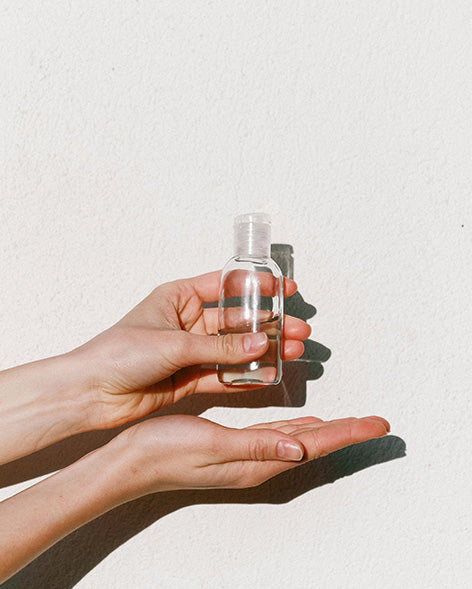
The ability of Lactoferrin in inhibiting the growth of a wide range of pathogens has been extensively studied [13]. Due to its ability to take up free iron, Lactoferrin effectively limits bacteria from using this trace element at the infection site, inhibiting bacterial growth as a result. Furthermore, studies have demonstrated that Lactoferrin can also directly damage the bacterial cell surface [14][15] through an iron-independent mechanism [16], inducing bacterial cell death.
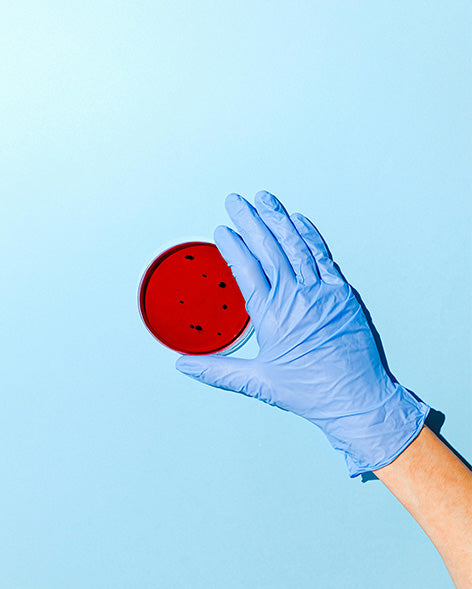
Lactoferrin modulates the innate immune system [27] by transporting iron and reactive oxygen intermediates at inflammatory sites [28]. It regulates the body's defense system, reducing tissue damage from excessive inflammatory responses [29-30]. Preclinical and clinical studies have confirmed its anti-inflammatory effects in dermal, respiratory, and gastrointestinal inflammation [31].
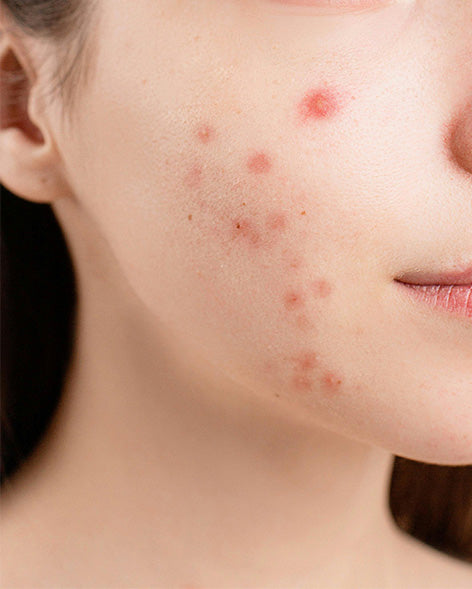
Lactoferrin demonstrates potent antifungal properties against various yeasts and moulds [32]. Its antifungal mechanisms include iron binding, stimulating host cell immune responses [33-34], and directly damaging fungal cell walls by altering cellular permeability [35-36].

Kick-start Your Wellness
Whether you're looking for daily immunity, restoring digestive balance, or seeking gentle nutrient absorption, Lactoferrin helps your body do what it was built to do!
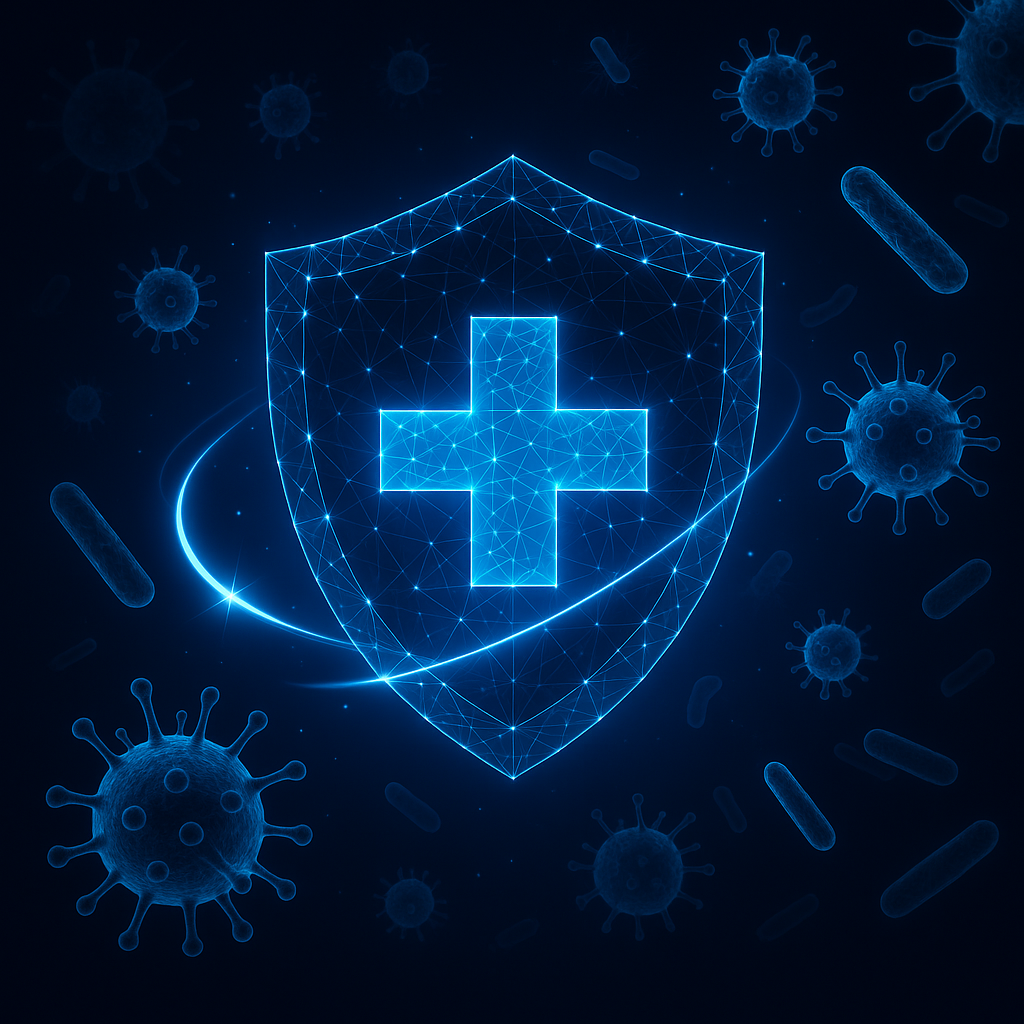
Lactoferrin binds excess iron, starving harmful microbes of the fuel they need to grow [7], offering your body a natural antimicrobial defense at the root level.
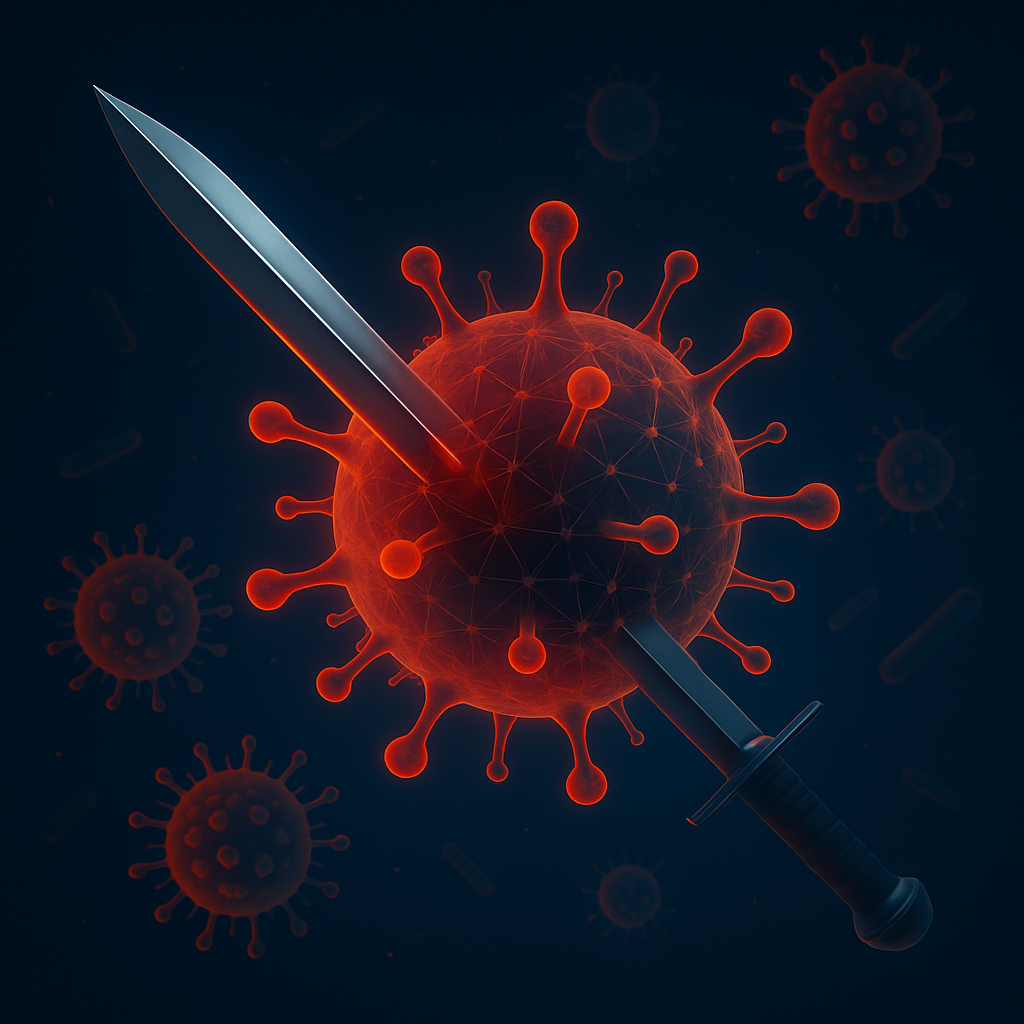
Lactoferrin helps target harmful microbes by binding to their surfaces and disrupting certain bacterial membranes [8]. It also supports immune cells in limiting infection and inflammation [9].
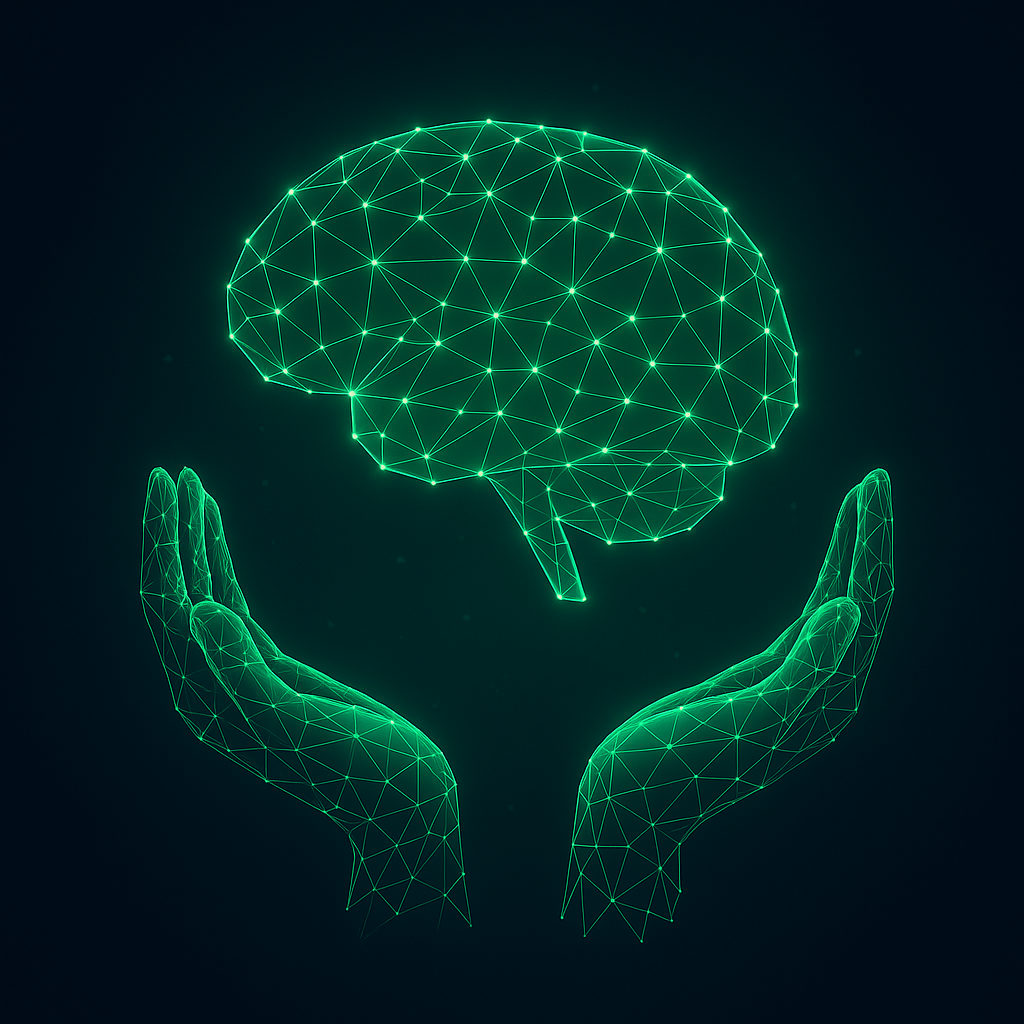
By improving gut iron absorption and reducing oxidative stress, Lactoferrin helps red blood cells transport oxygen more efficiently, supporting daily energy and stamina without harsh effects[10].
At Lactovital, we use premium Swiss Lactoferrin - Swissferrin® with 95%+ purity and low iron saturation. It is gently spray-dried to preserve bioactivity and formulated in synergy with other proven ingredients.
[1] González-Chávez, S. A., Arévalo-Gallegos, S., & Rascón-Cruz, Q. (2009). Lactoferrin: structure, function and applications. International journal of antimicrobial agents, 33(4), 301.e1–301.e3018.
[2] van der Strate, B. W., Beljaars, L., Molema, G., Harmsen, M. C., & Meijer, D. K. (2001). Antiviral activities of lactoferrin. Antiviral research, 52(3), 225–239.
[3] Rodríguez-Franco, D. A., Vázquez-Moreno, L., & Ramos-Clamont Montfort, G. (2005). Actividad antimicrobiana de la lactoferrina: mecanismos y aplicaciones clínicas potenciales [Antimicrobial mechanisms and potential clinical application of lactoferrin]. Revista latinoamericana de microbiologia, 47(3-4), 102–111.
[4] Czosnykowska-Łukacka, M., Orczyk-Pawiłowicz, M., Broers, B., & Królak-Olejnik, B. (2019). Lactoferrin in Human Milk of Prolonged Lactation. Nutrients, 11(10), 2350.
[5] Kell, D. B., Heyden, E. L., & Pretorius, E. (2020). The Biology of Lactoferrin, an Iron-Binding Protein That Can Help Defend Against Viruses and Bacteria. Frontiers in immunology, 11, 1221.
[6] Fernandes, K. E., & Carter, D. A. (2017). The Antifungal Activity of Lactoferrin and Its Derived Peptides: Mechanisms of Action and Synergy with Drugs against Fungal Pathogens. Frontiers in microbiology, 8, 2.
[7] Legrand D. (2016). Overview of Lactoferrin as a Natural Immune Modulator. The Journal of pediatrics, 173 Suppl, S10–S15.
[8[ Actor, J. K., Hwang, S. A., & Kruzel, M. L. (2009). Lactoferrin as a natural immune modulator. Current pharmaceutical design, 15(17), 1956–1973.
[9[ Vivier, E., Tomasello, E., Baratin, M., Walzer, T., & Ugolini, S. (2008). Functions of natural killer cells. Nature immunology, 9(5), 503–510.
[10] Vivier, E., Tomasello, E., Baratin, M., Walzer, T., & Ugolini, S. (2008). Functions of natural killer cells. Nature immunology, 9(5), 503–510.
[11] González-Chávez, S. A., Arévalo-Gallegos, S., & Rascón-Cruz, Q. (2009). Lactoferrin: structure, function and applications. International journal of antimicrobial agents, 33(4), 301.e1–301.e3018.
[12] Legrand D. (2016). Overview of Lactoferrin as a Natural Immune Modulator. The Journal of pediatrics, 173 Suppl, S10–S15.
[13] González-Chávez, S. A., Arévalo-Gallegos, S., & Rascón-Cruz, Q. (2009). Lactoferrin: structure, function and applications. International journal of antimicrobial agents, 33(4), 301.e1–301.e3018.
[14] Kalmar, J. R., & Arnold, R. R. (1988). Killing of Actinobacillus actinomycetemcomitans by human lactoferrin. Infection and immunity, 56(10), 2552–2557.
[15] Bortner, C. A., Arnold, R. R., & Miller, R. D. (1989). Bactericidal effect of lactoferrin on Legionella pneumophila: effect of the physiological state of the organism. Canadian journal of microbiology, 35(11), 1048–1051.
[16] Valenti, P., & Antonini, G. (2005). Lactoferrin: an important host defence against microbial and viral attack. Cellular and molecular life sciences : CMLS, 62(22), 2576–2587.
[17] García-Montoya, I. A., Cendón, T. S., Arévalo-Gallegos, S., & Rascón-Cruz, Q. (2012). Lactoferrin a multiple bioactive protein: an overview. Biochimica et biophysica acta, 1820(3), 226–236.
[18] van der Strate, B. W., Beljaars, L., Molema, G., Harmsen, M. C., & Meijer, D. K. (2001). Antiviral activities of lactoferrin. Antiviral research, 52(3), 225–239.
[19] Qiu, J., Hendrixson, D. R., Baker, E. N., Murphy, T. F., St Geme, J. W., 3rd, & Plaut, A. G. (1998). Human milk lactoferrin inactivates two putative colonization factors expressed by Haemophilus influenzae. Proceedings of the National Academy of Sciences of the United States of America, 95(21), 12641–12646.
[20] Berkhout, B., Floris, R., Recio, I., & Visser, S. (2004). The antiviral activity of the milk protein lactoferrin against the human immunodeficiency virus type 1. Biometals : an international journal on the role of metal ions in biology, biochemistry, and medicine, 17(3), 291–294.
[21] Chang, R., Ng, T. B., & Sun, W. Z. (2020). Lactoferrin as potential preventative and adjunct treatment for COVID-19. International journal of antimicrobial agents, 56(3), 106118.
[22] Hasegawa, K., Motsuchi, W., Tanaka, S., & Dosako, S. (1994). Inhibition with lactoferrin of in vitro infection with human herpes virus. Japanese journal of medical science & biology, 47(2), 73–85.
[23] Nozaki, A., Tanaka, K., Naganuma, A., & Kato, N. (2002). Nihon rinsho. Japanese journal of clinical medicine, 60(4), 819–829.
[24] Ikeda, M., Nozaki, A., Sugiyama, K., Tanaka, T., Naganuma, A., Tanaka, K., Sekihara, H., Shimotohno, K., Saito, M., & Kato, N. (2000). Characterization of antiviral activity of lactoferrin against hepatitis C virus infection in human cultured cells. Virus research, 66(1), 51–63.
[25] Superti, F., Ammendolia, M. G., Valenti, P., & Seganti, L. (1997). Antirotaviral activity of milk proteins: lactoferrin prevents rotavirus infection in the enterocyte-like cell line HT-29. Medical microbiology and immunology, 186(2-3), 83–91.
[26] Oda, H., Kolawole, A. O., Mirabelli, C., Wakabayashi, H., Tanaka, M., Yamauchi, K., Abe, F., & Wobus, C. E. (2021). Antiviral effects of bovine lactoferrin on human norovirus. Biochemistry and cell biology = Biochimie et biologie cellulaire, 99(1), 166–172.
[27] Legrand D, Elass E, Carpentier M, Mazurier J. Interactions of lactoferrin with cells involved in immune function. Biochem Cell Biol. 2006 Jun;84(3):282-90.
[28] Legrand D. (2016). Overview of Lactoferrin as a Natural Immune Modulator. The Journal of pediatrics, 173 Suppl, S10–S15.
[29] Drago-Serrano, M. E., Campos-Rodríguez, R., Carrero, J. C., & de la Garza, M. (2017). Lactoferrin: Balancing Ups and Downs of Inflammation Due to Microbial Infections. International journal of molecular sciences, 18(3), 501.
[30[ Kruzel ML, Zimecki M, Actor JK. Lactoferrin in a Context of Inflammation-Induced Pathology. Front Immunol. 2017 Nov 6;8:1438.
[31] Conneely OM. Antiinflammatory activities of lactoferrin. J Am Coll Nutr. 2001 Oct;20(5 Suppl):389S-395S; discussion 396S-397S.
[32] Fernandes, K. E., & Carter, D. A. (2017). The Antifungal Activity of Lactoferrin and Its Derived Peptides: Mechanisms of Action and Synergy with Drugs against Fungal Pathogens. Frontiers in microbiology, 8, 2.
[33] Kirkpatrick CH, Green I, Rich RR, Schade AL. Inhibition of growth of Candida albicans by iron-unsaturated lactoferrin: relation to host-defense mechanisms in chronic mucocutaneous candidiasis. J Infect Dis. 1971 Dec;124(6):539-44.
[34] Zarember KA, Sugui JA, Chang YC, Kwon-Chung KJ, Gallin JI. Human polymorphonuclear leukocytes inhibit Aspergillus fumigatus conidial growth by lactoferrin-mediated iron depletion. J Immunol. 2007 May 15;178(10):6367-73.
[35] Wakabayashi H, Abe S, Okutomi T, Tansho S, Kawase K, Yamaguchi H. Cooperative anti-Candida effects of lactoferrin or its peptides in combination with azole antifungal agents. Microbiol Immunol. 1996;40(11):821-5.
[36] Kuipers, M. E., de Vries, H. G., Eikelboom, M. C., Meijer, D. K., & Swart, P. J. (1999). Synergistic fungistatic effects of lactoferrin in combination with antifungal drugs against clinical Candida isolates. Antimicrobial agents and chemotherapy, 43(11), 2635–2641.
[37] Cutone, A., Rosa, L., Ianiro, G., Lepanto, M. S., Bonaccorsi di Patti, M. C., Valenti, P., & Musci, G. (2020). Lactoferrin's Anti-Cancer Properties: Safety, Selectivity, and Wide Range of Action. Biomolecules, 10(3), 456.
[38] Azhar J., Hussain T. & Mohammadabadi T. (2021). The overview on anti-cancer effects of milk lactoferrin. World J Pharm Sci, 9(5): 135-144.
[39] Cutone, A., Rosa, L., Ianiro, G., Lepanto, M. S., Bonaccorsi di Patti, M. C., Valenti, P., & Musci, G. (2020). Lactoferrin's Anti-Cancer Properties: Safety, Selectivity, and Wide Range of Action. Biomolecules, 10(3), 456.
[40] Varadhachary A, Wolf JS, Petrak K, O'Malley BW Jr, Spadaro M, Curcio C, Forni G, Pericle F. Oral lactoferrin inhibits growth of established tumors and potentiates conventional chemotherapy. Int J Cancer. 2004 Sep 1;111(3):398-403.
[41] Damiens E, El Yazidi I, Mazurier J, Duthille I, Spik G, Boilly-Marer Y. Lactoferrin inhibits G1 cyclin-dependent kinases during growth arrest of human breast carcinoma cells. J Cell Biochem. 1999 Sep 1;74(3):486-98.
[42] Ramírez-Rico G, Drago-Serrano ME, León-Sicairos N and de la Garza M (2022) Lactoferrin: A Nutraceutical with Activity against Colorectal Cancer. Front. Pharmacol. 13:855852.
[43] Moradian, Fatemeh & Farziyan, Mohammad & Rafiei, Alireza. (2016). Anticancer Effect of Bovine Lactoferrin on Human Esophagus Cancer Cell Line. Res Mol Med. 4.
[44] Yu-Tang Tung, Hsiao-Ling Chen, Chih-Ching Yen, Po-Ying Lee, Hsin-Chung Tsai, Ming-Fong Lin, Chuan-Mu Chen, Bovine lactoferrin inhibits lung cancer growth through suppression of both inflammation and expression of vascular endothelial growth factor, Journal of Dairy Science, Volume 96, Issue 4, 2013, Pages 2095-2106.
[45] Tsuda H, Sekine K, Fujita K, Ligo M. Cancer prevention by bovine lactoferrin and underlying mechanisms--a review of experimental and clinical studies. Biochem Cell Biol. 2002;80(1):131-6.
[46] Gibbons JA, Kanwar RK, Kanwar JR. Lactoferrin and cancer in different cancer models. Front Biosci (Schol Ed). 2011 Jun 1;3(3):1080-8. doi: 10.2741/212.
[47] Damiens E, El Yazidi I, Mazurier J, Duthille I, Spik G, Boilly-Marer Y. Lactoferrin inhibits G1 cyclin-dependent kinases during growth arrest of human breast carcinoma cells. J Cell Biochem. 1999 Sep 1;74(3):486-98.
[48[ Ramírez-Rico G, Drago-Serrano ME, León-Sicairos N and de la Garza M (2022) Lactoferrin: A Nutraceutical with Activity against Colorectal Cancer. Front. Pharmacol. 13:855852.
[49] Moradian, Fatemeh & Farziyan, Mohammad & Rafiei, Alireza. (2016). Anticancer Effect of Bovine Lactoferrin on Human Esophagus Cancer Cell Line. Res Mol Med. 4.
[50] Yu-Tang Tung, Hsiao-Ling Chen, Chih-Ching Yen, Po-Ying Lee, Hsin-Chung Tsai, Ming-Fong Lin, Chuan-Mu Chen, Bovine lactoferrin inhibits lung cancer growth through suppression of both inflammation and expression of vascular endothelial growth factor, Journal of Dairy Science, Volume 96, Issue 4, 2013, Pages 2095-2106.
[51] Tsuda H, Sekine K, Fujita K, Ligo M. Cancer prevention by bovine lactoferrin and underlying mechanisms--a review of experimental and clinical studies. Biochem Cell Biol. 2002;80(1):131-6.
[52] Gibbons JA, Kanwar RK, Kanwar JR. Lactoferrin and cancer in different cancer models. Front Biosci (Schol Ed). 2011 Jun 1;3(3):1080-8. doi: 10.2741/212.
